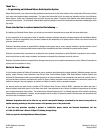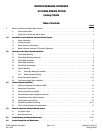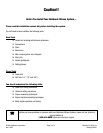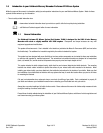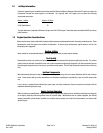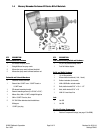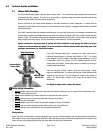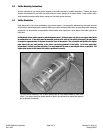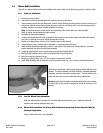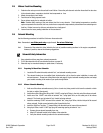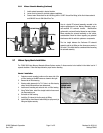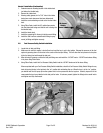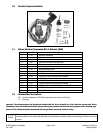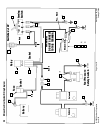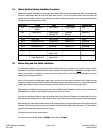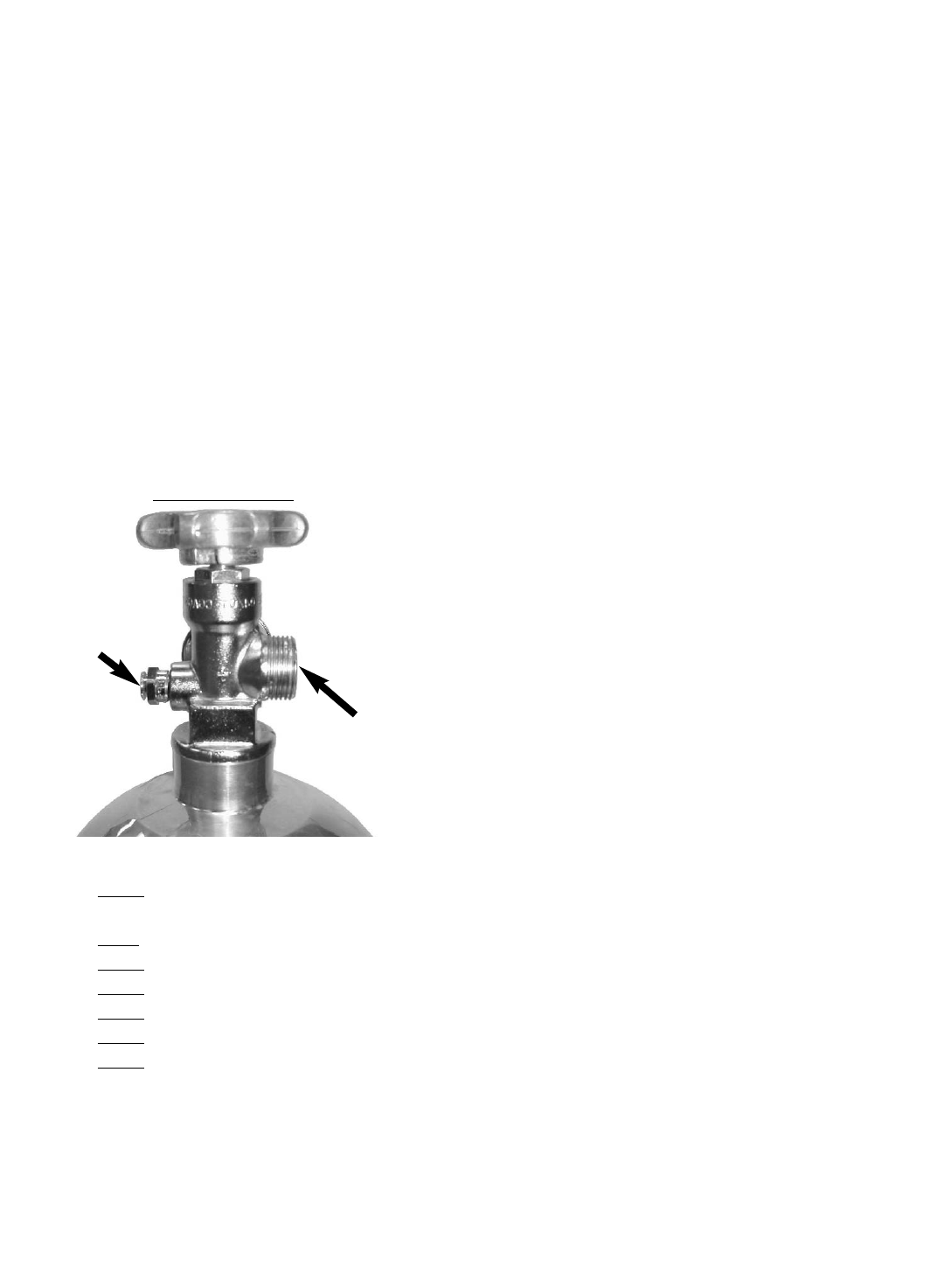
Page 7 of 21©2002 Edelbrock Corporation
Rev. 10/02
Brochure No. 63-0144
Catalog #70406
2.0 Performer System Installations
2.1 Nitrous Bottle Mounting
The nitrous oxide storage cylinder is typically called a “nitrous bottle”. It is an aluminum cylinder, designed and manufactured
to withstand very high pressures. The valve on top of the bottle is a high-flow design that allows easy opening and closing
which controls the nitrous flow to the engine compartment.
Accurate calibration of your nitrous system depends on the bottle remaining at a stable temperature. In vehicles (such as
Corvettes) where the bottle must be mounted in an area subject to direct sunlight, it is suggested that the bottle be shielded
with a bottle blanket.
If the bottle is mounted inside the passenger compartment or in a space that has access to the passenger compartment such
as hatchbacks or vehicles that feature fold down rear seats, the pressure relief device (PRD valve) must be vented externally
from the cockpit. This procedure will prevent the passenger compartment from filling with a cloud of nitrous oxide, should the
safety pressure relief valve rupture. For more information, please contact our Technical Department.
Special consideration should be made to protect the bottle installation by not placing the bottle in a known
crumple or crash zone within the vehicle. At no time should the bottle be mounted within the seating area of the
passenger compartment of a street-driven vehicle.
Here is the Performer Bottle Valve. Installed on all bottle valves used in
Edelbrock Nitrous Systems, is a Pressure Relief Device or “PRD”. It is a safety
valve designed to vent the contents of the bottle into the atmosphere in case of
a catastrophic event like a collision. It is also installed to prevent the over-
pressurization of the bottle. Unsafe bottle pressure is caused by over filling or
elevated bottle temperatures.
There are two types of PRDs - Internal piping and external piping. Internal
requires no additional parts. The external type requires a safety blowdown tube
designed to route the gas, if the PRD happens to rupture, to the outside of
vehicle. The internal type is design to vent directly off the bottle into the
atmosphere.
It is illegal to tamper with or remove this device.
Bottle Safety Information
1. Do not attempt to remove the bottle valve. Please return your bottle to Edelbrock if service is required to the siphon tube inside
the bottle or the bottle valve itself.
2. Never heat the outside of your nitrous bottle with an open flame like that of a torch.
3. Do not strike the surface of your nitrous bottle with a heavy or sharp object.
4. Do not drop your nitrous bottle.
5. Do not attempt to grind off or destroy any imprinted markings on the face of the bottle.
6. Do not remove, modify or otherwise tamper with the safety valve on the bottle valve.
7. Do not attempt to use a bottle that has been damaged or tampered with.
Racing Vehicles
Before you mount a nitrous bottle in a vehicle intended for use in racing or sanctioned events, check with the sanctioning association or
local racetrack for any rules regarding bottle installation. Most associations require the bottle be mounted within the confines of the
safety roll cage, with the safety pressure relief cap vented away from the driver’s compartment.
Bottle Valve Handle
Pressure Relief
Device (PRD)
660 High Flow
Nitrous Exit



